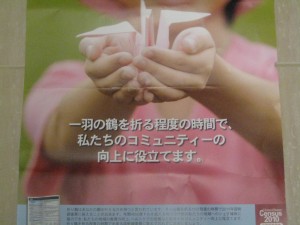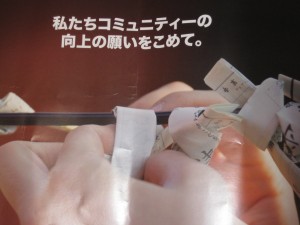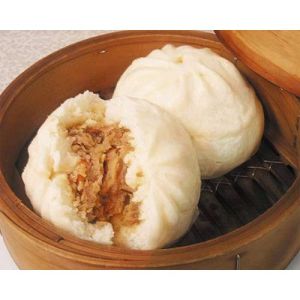WITLife is a periodic series written by professional Writer/Interpreter/Translator Stacy Smith (Kumamoto-ken CIR, 2000-03). She starts her day by watching Fujisankei’s newscast in Japanese, and here she shares some of the interesting tidbits and trends together with her own observations.
Whereas here in the States today we celebrate April Fool’s Day, April 1st in Japan is a beginning. It is the start of the new fiscal and school years, and the blooming and subsequent falling of the cherry blossoms serves as a way to mark this transition. This morning’s news outlined several changes that will be taking place in accordance with the new year, but whether they will make life in Japan easier or harder remains to be seen.
- The child allowance law giving parents 13,000 yen per child per month goes into effect today, fulfilling one of the DPJ’s key campaign pledges. It differs from the previous student allowance in that the amount is higher and it lasts until the child finishes junior high, whereas before it was elementary school. In addition, foreign residents who have lived in Japan for more than a year are entitled to the money regardless of where their children live. The party believes this allowance will help families raise their children so much that they hope to double the amount to 26,000 yen per child next fiscal year, though where this money will come from is still undetermined. Will this help remedy Japan’s decreasing birth rate?
- The DPJ will also follow through on its promise to make education free through high school, whereas before the government only covered through the mandatory education age of junior high. This is the case for public high schools, and families with children at private schools will be able to receive a subsidy of 120,000 yen as long as the curriculum is equivalent to that at public schools. Another incentive for families on the fence about having children.
- Kanagawa Prefecture introduced Japan’s first ordinance banning smoking in public facilities such as hospitals, schools and government offices. Facilities that are found to be in violation of this will be charged 20,000 yen, and individuals 2000 yen. Governors of seven other prefectures are also considering mapping out their own measures to prevent secondhand smoking, but others have said they expect the central government to enact laws with penalties to prevent passive smoking. Looks like Japan is losing its reign as a smoker’s paradise.
And in a look at the past as opposed to the present, an article in Salon yesterday highlighted a documentary made by a Japanese activist exposing the actions of Japanese soliders in Nanking in 1937. This retired teacher seems to be the Iris Chang of Japan in regard to this issue. This doc had its first screening outside Japan in Hong Kong, and I wonder when it will make its way over here.




 .
.















